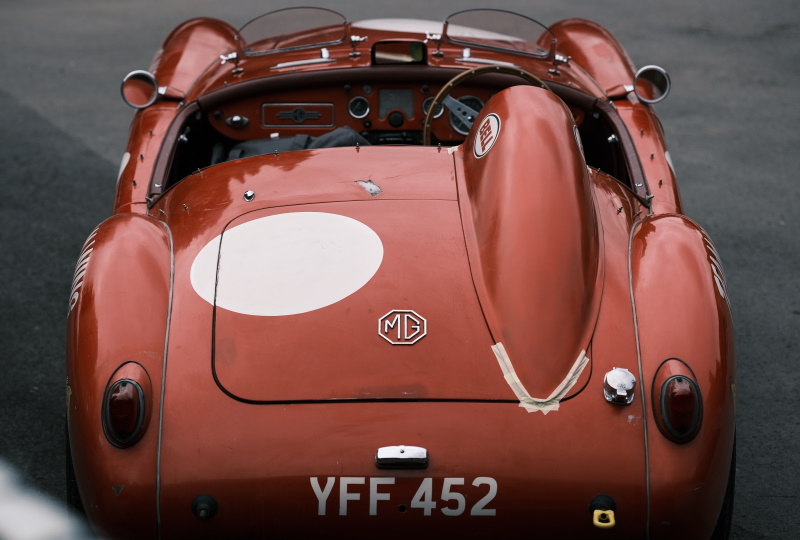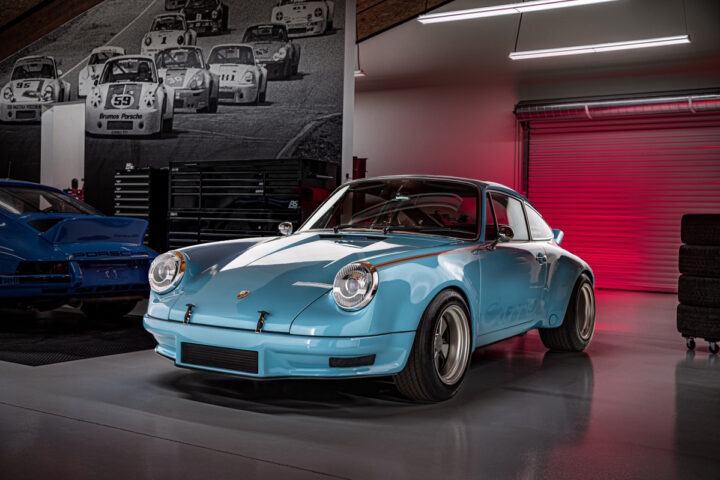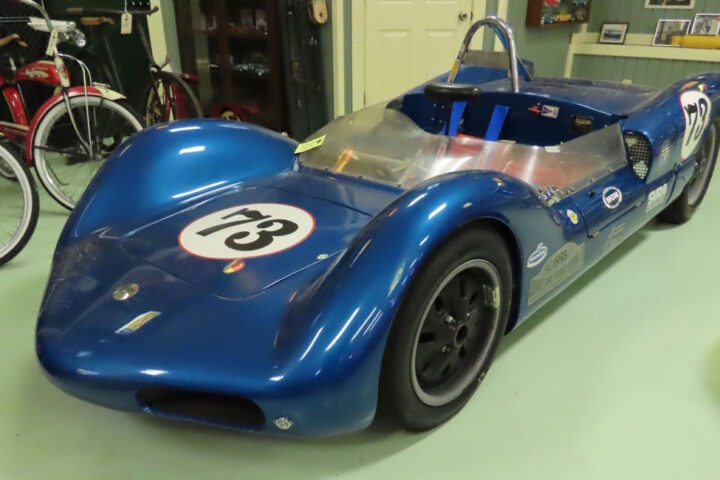TGR Staff – 11/15/2022
The MGA is a sports car that was produced by the British automotive company MG from 1955 to 1962. The MGA was a major departure from the traditional MG design and marked a shift towards a more modern and aggressive aesthetic. The car was available as a roadster or a coupe, and it was powered by a 1.5-liter inline-four engine that produced around 80 horsepower.
Designed by Gerald Palmer, who was inspired by the Jaguar D-Type and the Mercedes-Benz 300 SL, the MGA had a sleek and aerodynamic body with a long hood and a short rear deck. It featured a wraparound windscreen and a folding soft top for the roadster model. The MGA had a monocoque construction, which made it lighter and more rigid than its predecessors.
The MGA was offered in several different trim levels, including the standard, DeLuxe, and Twin-Cam models. The standard model was equipped with a 1.5-liter engine, while the DeLuxe and Twin-Cam models had a more powerful 1.6-liter engine. The Twin-Cam model was the top-of-the-line MGA, and it featured a high-performance engine that produced around 108 horsepower. Twin-cam and some DeLuxe models also received four-wheel disc brakes by Dunlop, along with Dunlop peg drive knock-off steel wheels similar to wheels used by the Jaguar D-Type, unique to the Twin-Cam and “DeLuxe” MGA 1600 and 1600 MkII roadsters. These wheels and chassis upgrades were used on a small number of the “DeLuxe” models built after Twin-Cam production came to a halt. Aside from the wheels, the only outside identifier was a “Twin-Cam” logo on the hood.
All MGA’s came with a four-speed manual transmission and a live rear axle. The car’s performance was impressive for its time, with a top speed of around 100 miles per hour and a 0-60 time of around 10 seconds. The car’s suspension consisted of independent front and rear suspension with coil springs, which provided a smooth and comfortable ride.
Buyers could also add a variety of optional features, including front and rear bumper guards, a luggage rack, and a heater. The car was available in a wide range of colors, including red, blue, green, and white. The MGA was well-received by both critics and the public, and it was a commercial success for MG. The car’s success led to the development of the MGB, which was introduced in 1962 and remained in production until 1980.
Despite its many positive attributes, the MGA had a few notable drawbacks. The car was known for its poor build quality, and many owners reported problems with rust and other issues. Wooden floorboards could be problematic and the car’s interior was also criticized for its lack of creature comforts and the cramped driving position.
Despite these shortcomings, the MGA remains a popular and iconic sports car. The car is highly sought after by collectors, enthusiasts, and vintage racing drivers. The MGA’s sleek and distinctive design, along with its impressive performance, make it a true classic in the world of sports cars.























